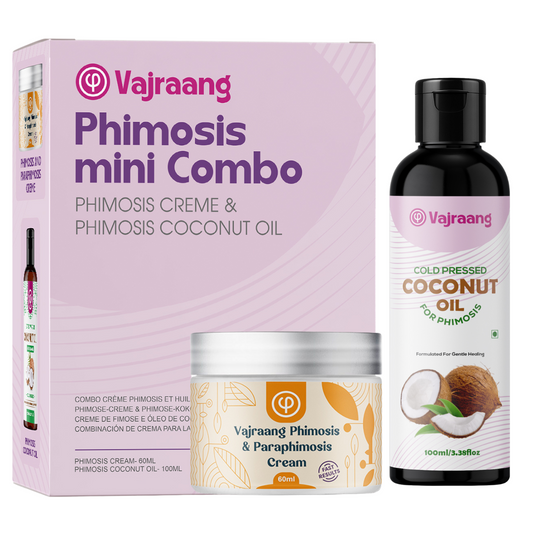Congratulations on overcoming phimosis! It’s natural to wonder, “Can it return?” The great news is that with proper care, recurrence is rare. Let’s explore why phimosis might reappear, how to prevent it, and what you can do to maintain your progress long-term.
Why Might Phimosis Return?
Phimosis recurrence is uncommon, but certain factors can contribute to it:
1. Lack of Maintenance: Without occasional stretching, the foreskin may lose flexibility over time.
2. Scarring: Microtears or scarring during treatment can reduce elasticity, increasing the chance of tightness.
3. Infections or Irritation: Inadequate hygiene or recurring conditions like balanitis can lead to inflammation and renewed tightness.
4. Underlying Medical Conditions: Conditions like diabetes or lichen sclerosus can compromise skin health and elasticity.
How to Prevent Phimosis from Returning
Here’s how to maintain your results and keep phimosis at bay:
1. Stay Consistent with Maintenance Stretching
Even after recovery, occasional stretching helps retain foreskin flexibility.
• Use Vajraang Phimosis Stretching Rings weekly for light, consistent stretching.
• Think of it as routine upkeep—small efforts make a big difference.
2. Prioritize Hygiene
Good foreskin care prevents irritation and infections.
• Clean under the foreskin daily with warm water; avoid harsh soaps.
• Incorporate Phimosis Intimate Wash for gentle, irritation-free cleaning.
3. Watch for Early Signs of Irritation
Address minor issues promptly to avoid complications.
• Apply Vajraang Phimosis & Paraphimosis Cream to soothe redness or swelling.
• Consult a doctor if symptoms persist.
4. Keep Your Skin Healthy
Hydration and nutrition are key to maintaining skin elasticity.
• Drink plenty of water and eat foods rich in vitamins, such as carrots and oranges.
• Moisturize with Vajraang Extra Virgin Coconut Oil to nourish and protect your foreskin.
5. Practice Care During Intimacy
Be mindful of your foreskin’s limits, especially during intercourse.
• Use adequate lubrication, like Vajraang Extra Virgin Coconut Oil, to reduce friction.
• Avoid aggressive movements to prevent microtears or irritation.
6. Manage Underlying Medical Conditions
If you have diabetes or conditions like lichen sclerosus, work with your doctor to control them. Proper management reduces risks affecting foreskin health.
When to Seek Help Again
If phimosis symptoms reappear, early intervention makes treatment easier. Reach out to a healthcare provider if you notice:
• Persistent tightness or difficulty retracting the foreskin.
• Frequent infections or irritation.
• Visible tightening of the phimotic band.
For guidance, read “When to Seek Medical Advice for Phimosis”.
Maintaining Your Freedom
Overcoming phimosis is a testament to your patience and dedication. By adopting simple habits like regular stretching, proper hygiene, and mindful care, you can prevent recurrence and enjoy a fully functional foreskin for life.
Key Takeaways:
• Use Vajraang Phimosis Stretching Rings occasionally for maintenance.
• Incorporate Phimosis Intimate Wash and Vajraang Phimosis & Paraphimosis Cream into your routine.
• Stay hydrated, practice good nutrition, and avoid overstretching.
Final Thoughts
Phimosis doesn’t define you—it’s a challenge you’ve already conquered. With consistent care and the right tools, your results will be long-lasting. Stay confident and committed to your routine, and you’ll enjoy a life free from phimosis with comfort and confidence. You’ve got this!





